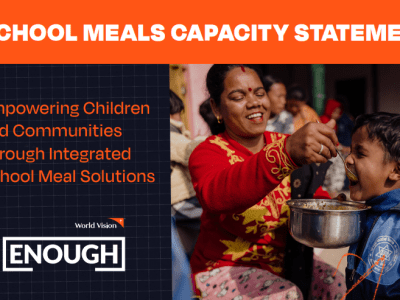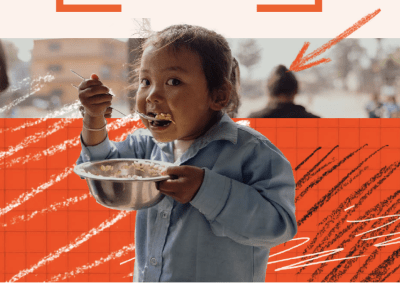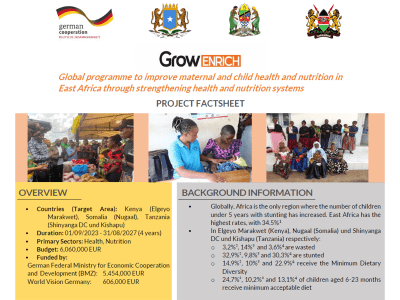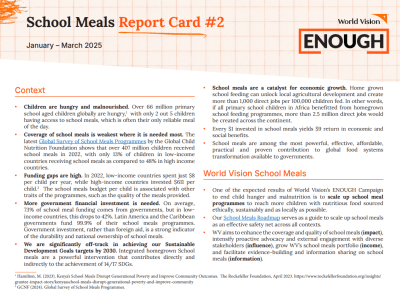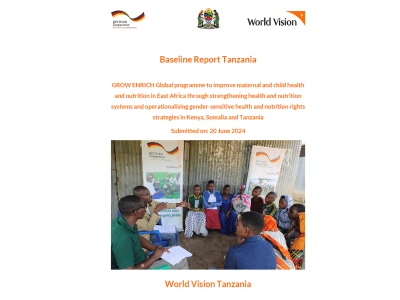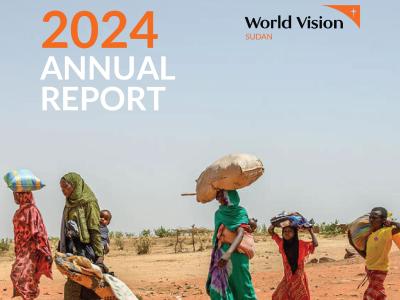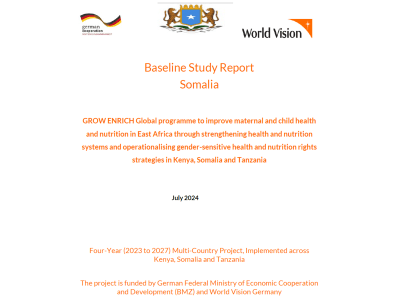publication / May 8, 2025
School Meals Capacity Statement
Empowering Children and Communities Through Integrated School Meal Solutions
publication / April 2, 2025
South Asia and Pacific ENOUGH 2025 Campaign Report
ENOUGH Report: Learn how World Vision fights child hunger in South Asia & Pacific. Discover youth-led solutions & our impact on nutrition policy.
publication / May 6, 2025
Grow ENRICH project: Global Programme to Improve Maternal and Child Health and Nutrition in East Africa Fact Sheet
The Grow ENRICH project aims to improve maternal and child health and nutrition in Kenya, Somalia, and Tanzania, benefiting many individuals over four years.
publication / May 6, 2025
School Meals Report Card #2
This report provides a comprehensive overview of the global status and impact of school meal programmes.
publication / May 6, 2025
Baseline Report for the BMZ Grow ENRICH Project, World Vision Tanzania
The Baseline Report for the BMZ GROW ENRICH Project assesses maternal and child health in Tanzania, highlighting key findings and recommendations for improvement.
publication / February 11, 2025
World Vision South Sudan FY2024 Annual Report
World Vision South Sudan FY24 Annual Report
publication / January 15, 2025
2024 Annual Report - Sudan
World Vision Sudan FY24 Annual Report: Highlights impactful humanitarian efforts, supporting 2.8M people, including 1.5M children, amid Sudan's ongoing crisis.
publication / May 6, 2025
Baseline Report for the BMZ Grow ENRICH Project, World Vision Somalia
The Baseline Report for the BMZ GROW ENRICH Project assesses maternal and child health in Somalia, highlighting key findings and urgent needs for health improvements.
